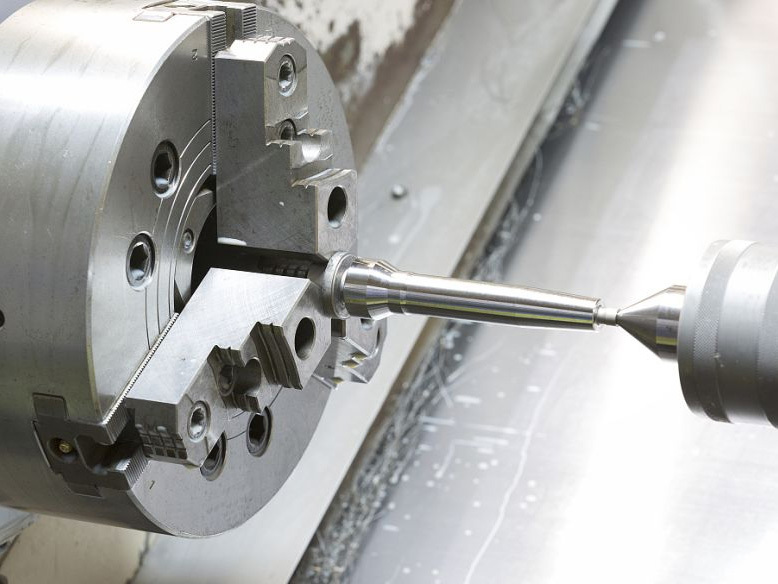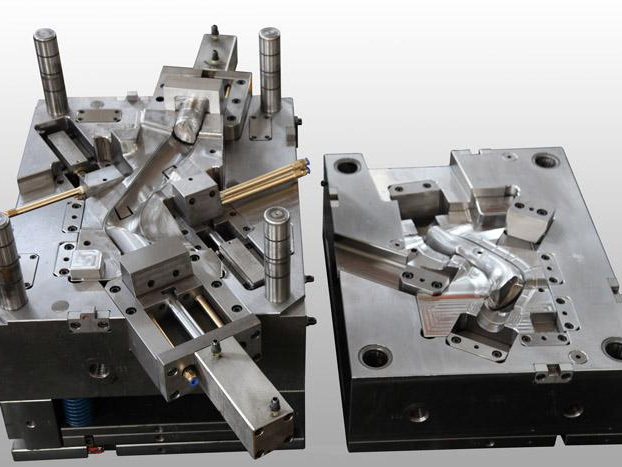The manufacturing process of die-casting molds
Release time:
2023-12-29
After the casting alloy melts, it enters the mold cavity through the pouring system. During the process of injecting metal liquid into the mold cavity, due to the fluidity and filling effect of the metal liquid, a continuous streamline structure is formed in the mold cavity,
1 Casting process flow:
1. Preparation of raw materials:
(1) After the casting alloy melts, it enters the mold cavity through the pouring system. During the process of injecting metal liquid into the mold cavity, due to the fluidity and filling effect of the metal liquid, a continuous streamline structure is formed in the mold cavity, resulting in the formation of certain shaped holes and pits; At the same time, due to the filling effect of the metal liquid, the holes gradually expand and fill the entire hole.
(2) The bubbles generated during the filling process will be eliminated with the discharge of the metal liquid; In addition, as the temperature decreases, the bubbles will also shrink or disappear; After a period of solidification, defects such as shrinkage or porosity are produced.
(3) When the alloy liquid is filled to a certain position, shrinkage stress will be generated, causing deformation of the casting. This deformation is the result of thermal stress rather than cold stress.
(4) When the metal liquid is filled to a certain depth, it will generate bonding force and cause sand sticking defects (i.e. sand sticking layer) on the surface of the casting. When the impurity content in the alloy liquid is too high, it will cause the thickness of the sand sticking layer to exceed the limit value of the material and cause the sand sticking layer to fall off.
(5) When pressure casting is carried out at high temperatures, the volume increase effect caused by thermal expansion leads to size changes and defects such as porosity.
(6) When liquid alloy flows into the model through the gate, it will cause a decrease in air pressure due to the volatilization of gas, leading to an increase in vacuum degree and resulting in poor exhaust and the formation of pores.
2. Mold structure design:
Select the appropriate compression molding method and corresponding mold structure and part size specification range based on the structural form of the die casting.
(1) For thin-walled products, molds with integral structures are used;
(2) For thick walled products, a split structure mold can be used;
(3) For complex structures with reinforced ribs, composite molds can be used;
(4) Specialized special purpose plastic pressing equipment can be used for the forming of large precision and complex parts;
(5) For certain special materials, specialized resins can be used as raw materials to produce composite materials for various special purposes.
Keywords:







